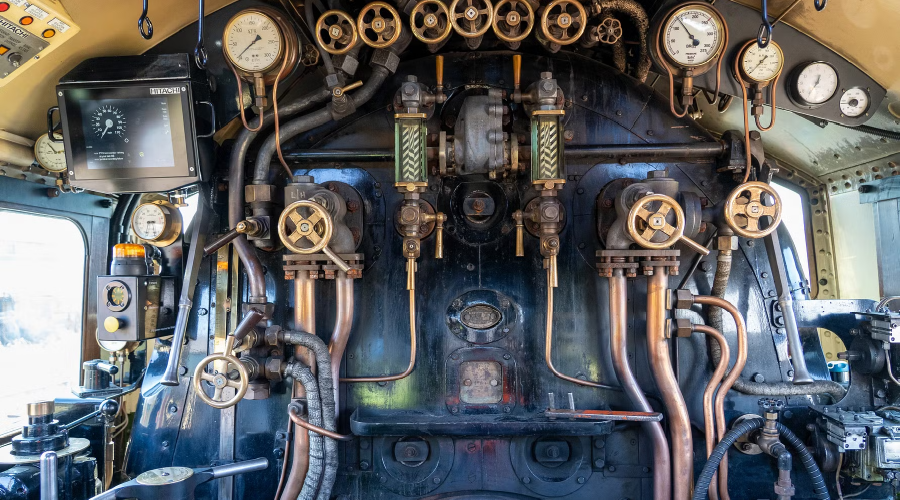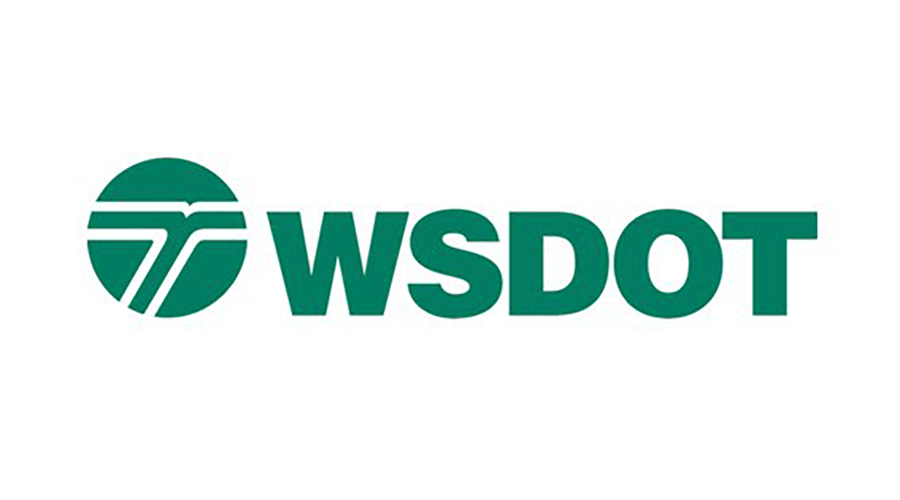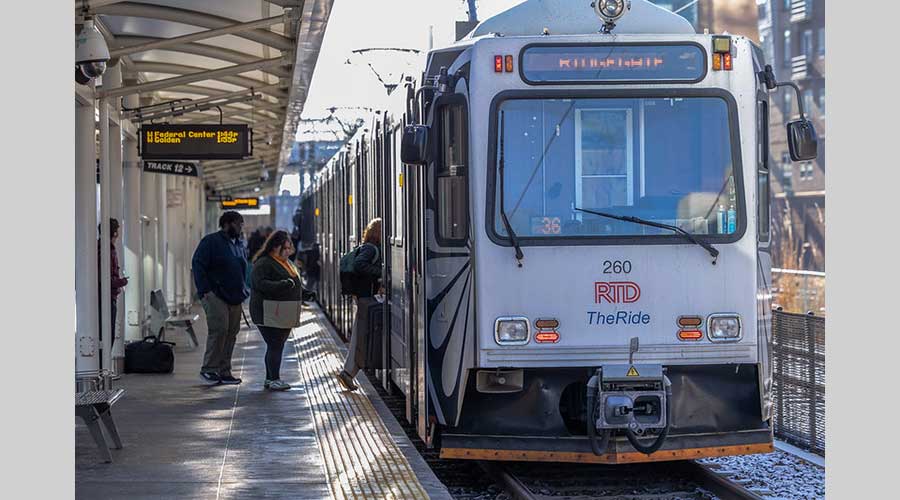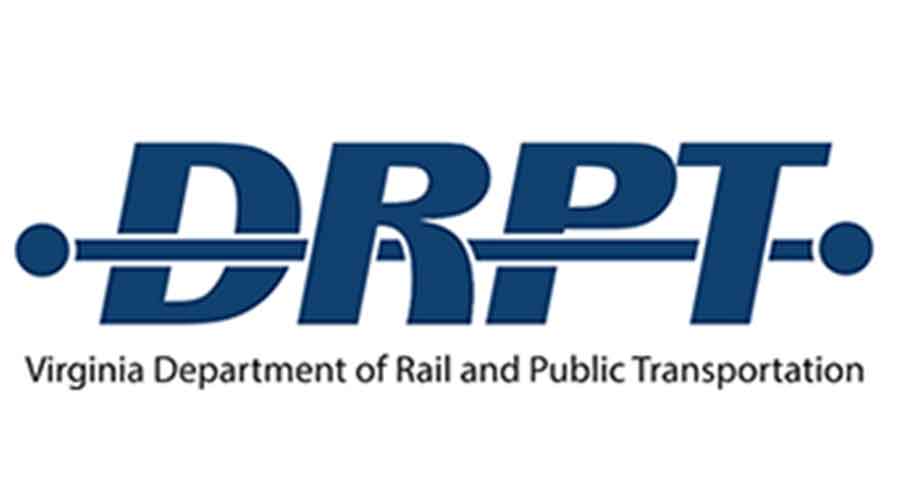Stay updated on news, articles and information for the rail industry
1/11/2019
Rail News: Passenger Rail
APTA: Transit ridership fell, commuter-rail ridership rose in Q3
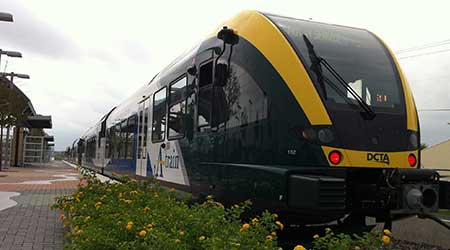
Americans took 2.5 billion trips on public transportation systems in third-quarter 2018, down 1.75 percent compared with ridership in third-quarter 2017, according to the American Public Transportation Association (APTA).
Year over year, rail ridership was down on heavy- and light-rail systems, but up — 0.7 percent — on commuter-rail systems. More than half of commuter railroads posted ridership increases in the third quarter, APTA officials said in a press release.
"In order to increase mobility options, public transit systems are increasing frequency, improving routing, experimenting with fare changes, and engaging in partnerships to offer the best service possible to meet customers’ needs," said APTA President and Chief Executive Officer Paul Skoutelas.
Nationally, commuter railroads logged a combined ridership of 126.6 million trips during the third quarter, with 18 of 31 them reporting increases. Commuter-rail systems that logged double-digit ridership increases in the quarter included Orlando, Florida, (70 percent); San Rafael, California, (65.8 percent); and Stockton, California, (10.5 percent).
Ridership on heavy-rail systems (subways and elevated trains) fell 2.4 percent to about 916.3 million trips in the quarter compared with a year ago. Increases were registered in Philadelphia (7.8 percent); San Juan, Puerto Rico (6.4 percent); Miami (5.9 percent); Atlanta, (1.4 percent); and Lindenwold, New Jersey (0.1 percent).
On light-rail systems (modern streetcars, trolleys and heritage trolleys), ridership in the quarter dipped 3.6 percent to 133.2 million trips compared with the year-ago period. However, ridership grew in only eight out of 27 systems. Agencies that reported double-digit light-rail ridership gains were Charlotte, North Carolina, (55.3 percent); Seattle-King County Metro (21.6 percent); Hampton, Virginia, (11.5 percent); and Houston (10.8 percent).


 2025 MOW Spending Report: Passenger-rail programs
2025 MOW Spending Report: Passenger-rail programs
 Gardner steps down as Amtrak CEO
Gardner steps down as Amtrak CEO
 Guest comment: Oliver Wyman’s David Hunt
Guest comment: Oliver Wyman’s David Hunt
 Women of Influence in Rail eBook
Women of Influence in Rail eBook
 railPrime
railPrime




